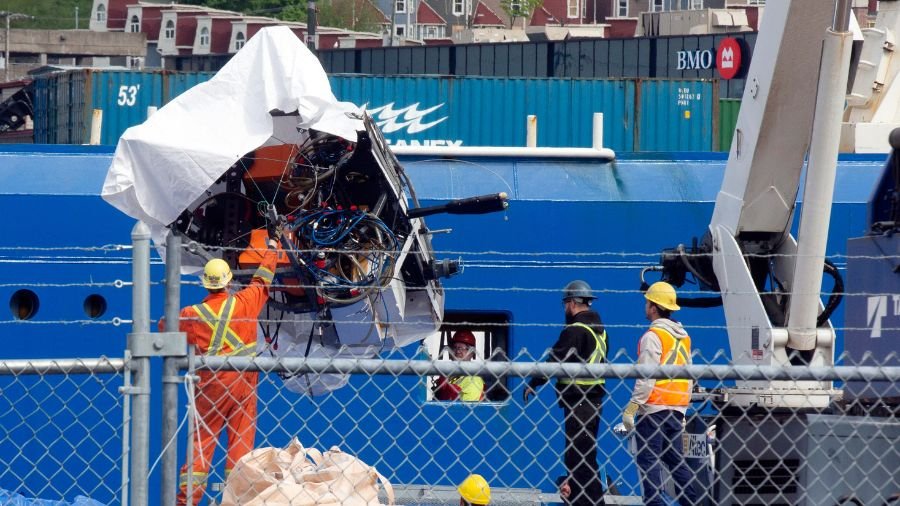
<a href="https://mynorthwest.com/national/titan-sub-disaster/4119138" target="_blank">View original image source</a>.
The Titan submersible disaster has gone from tragic news to a cautionary tale, as a recent U.S. Coast Guard report unearths a slew of safety blunders by OceanGate CEO Stockton Rush. Turns out, the ride to see the Titanic wasn’t worth the risk, given that warnings were routinely ignored and crucial protocols tossed aside. With Rush and four passengers tragically losing their lives during this ill-fated dive, the question remains: how was this allowed to happen?
The Coast Guard investigation revealed OceanGate’s culture was one of negligence, riddled with “glaring disparities” between what they claimed and what they practiced. Employees described a workplace that stifled even the slightest safety concerns, with senior staff getting fired for bringing issues to light. Who would’ve thought that being part of the “Titan” adventure came with a side of tragedy? It’s like they were playing a risky game of underwater roulette.
And let’s not forget the dubious credentials Rush presented, using a fraudulent letter to certify his experience. This isn’t just a failure of oversight; it’s a wake-up call for the entire industry. If deep-sea exploration is going to be the new frontier, we might want to ensure that someone’s at the controls who isn’t cutting corners. So, how much risk is too much when it comes to adventure? Share your thoughts below!
To get daily local headlines delivered to your inbox each morning, sign up for newsletter!

















